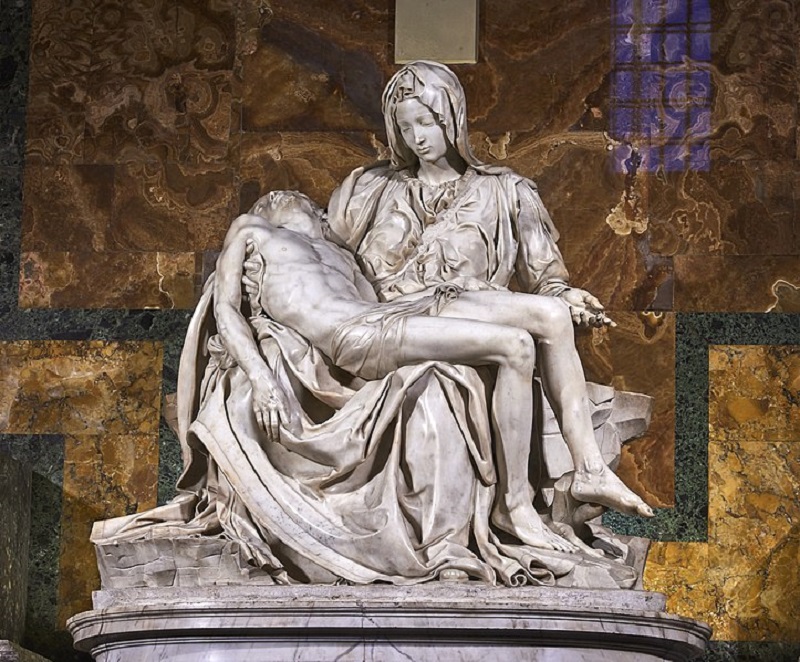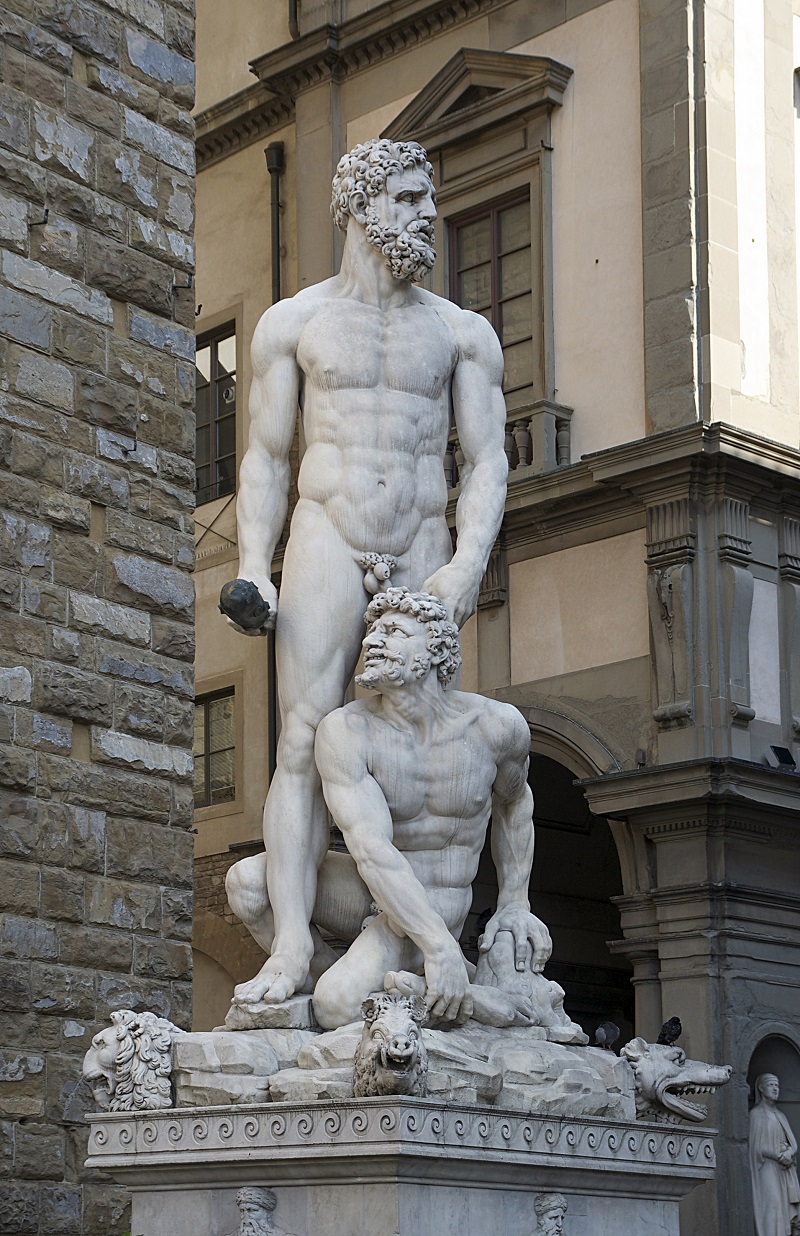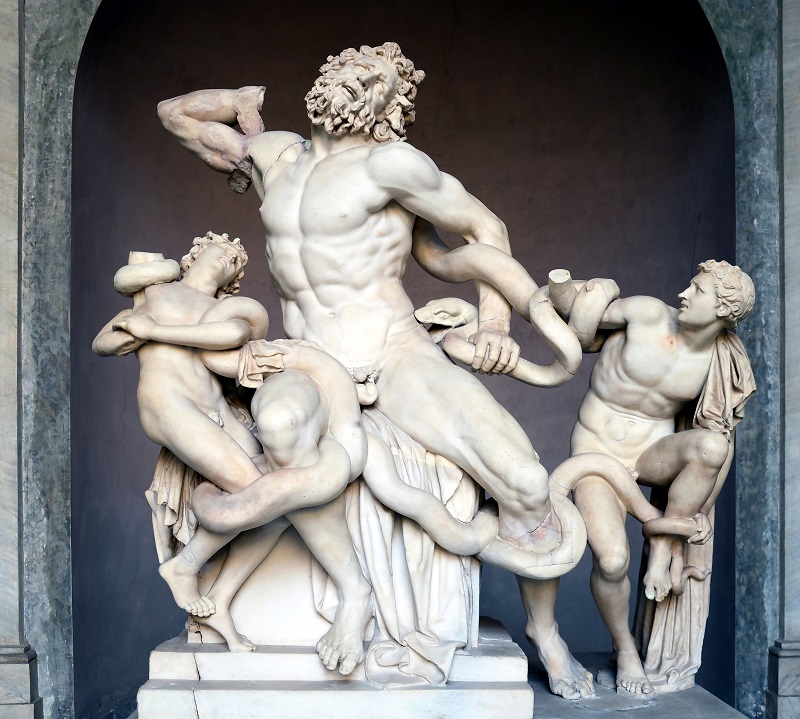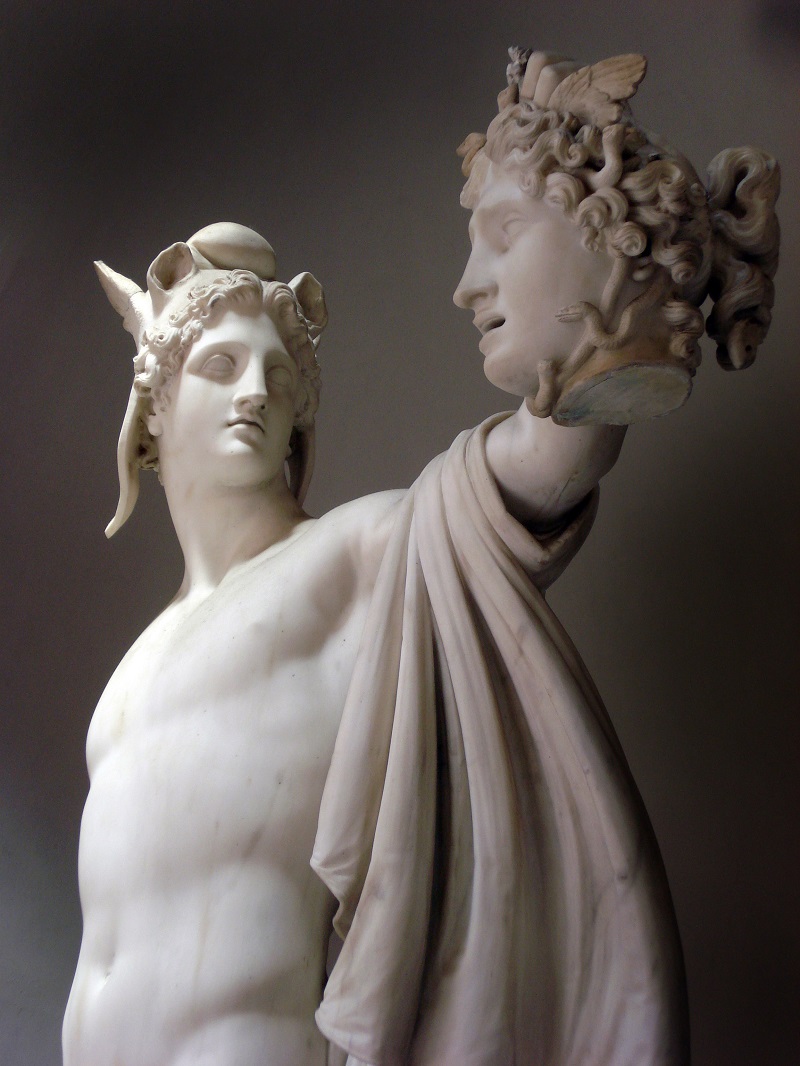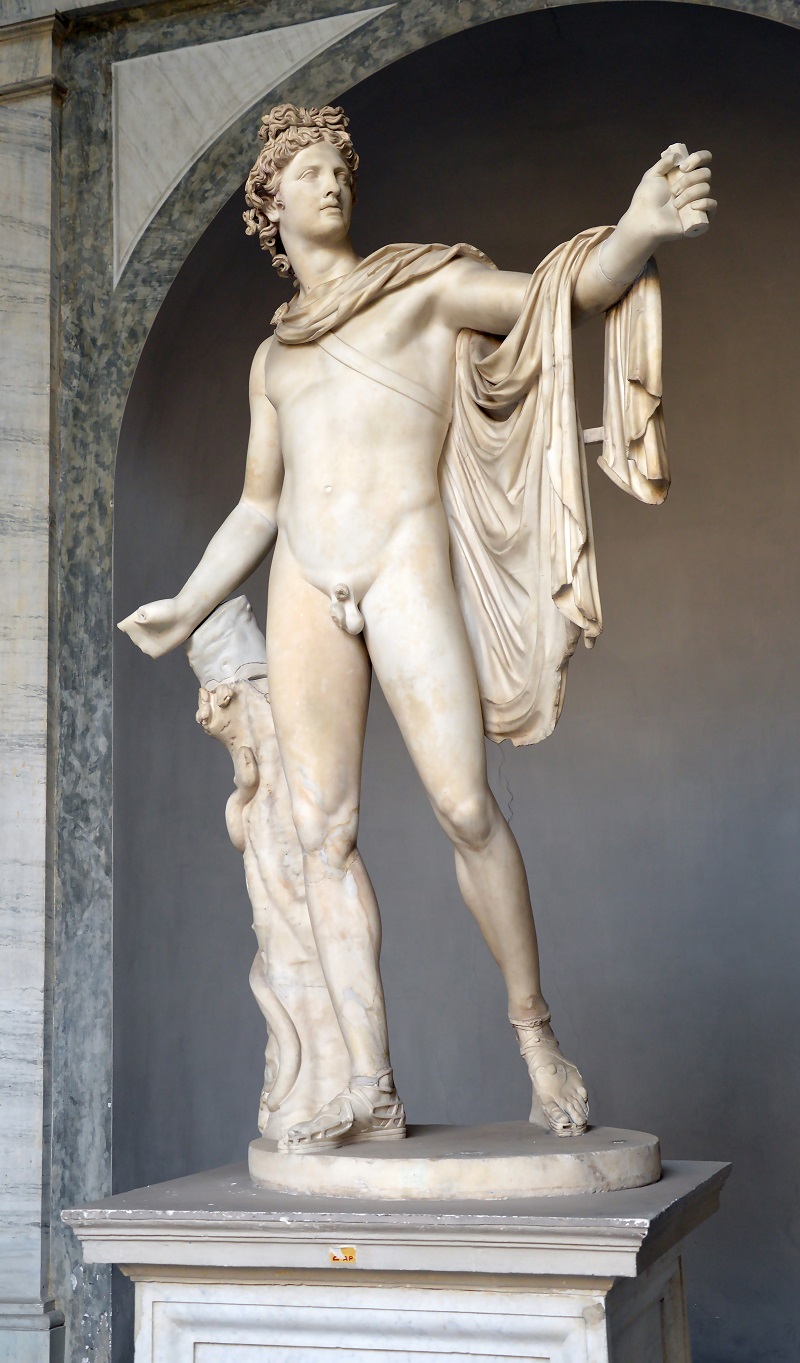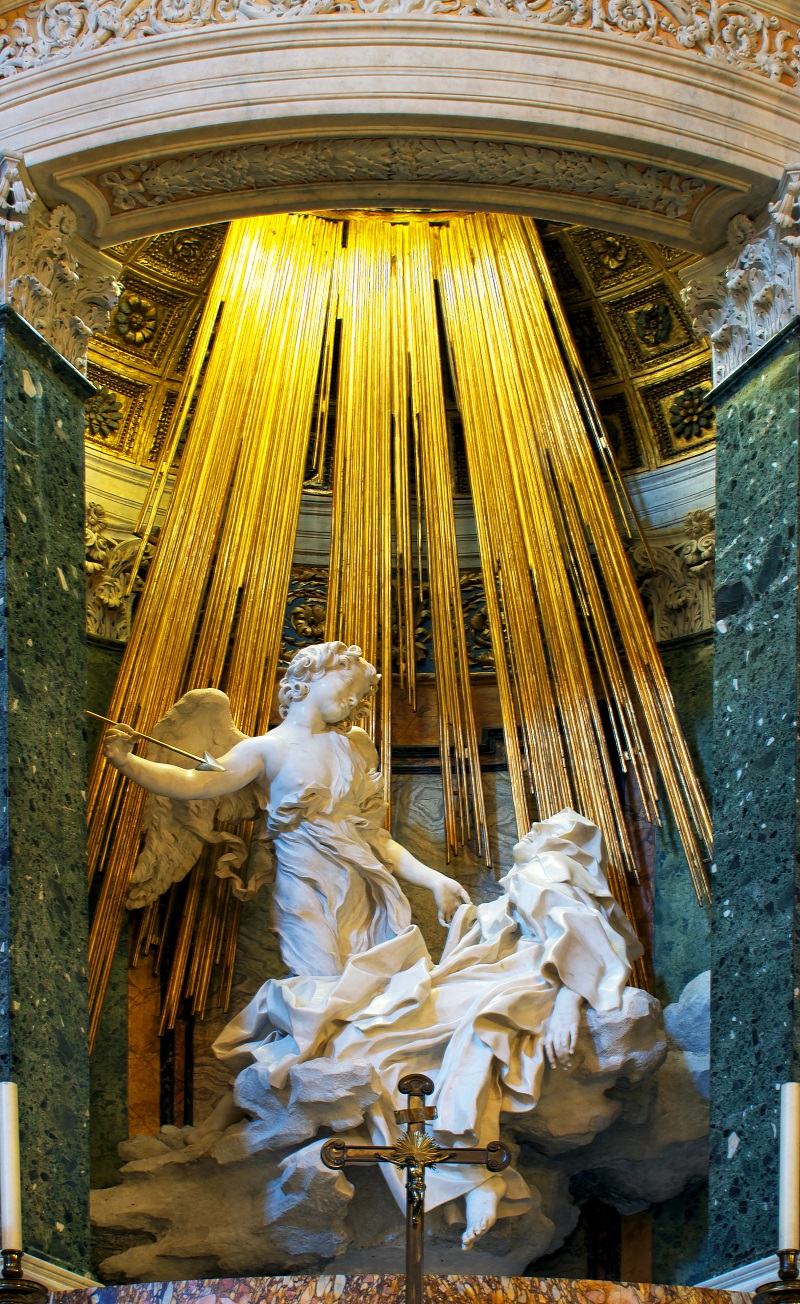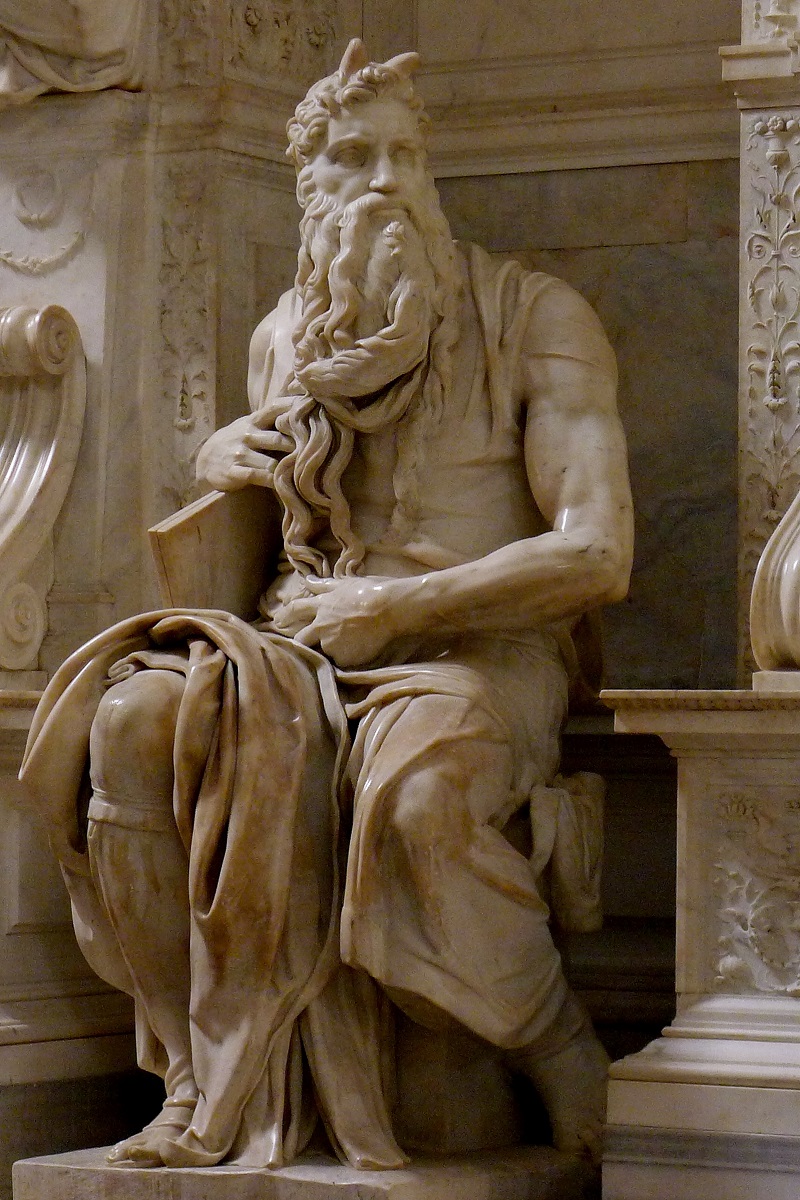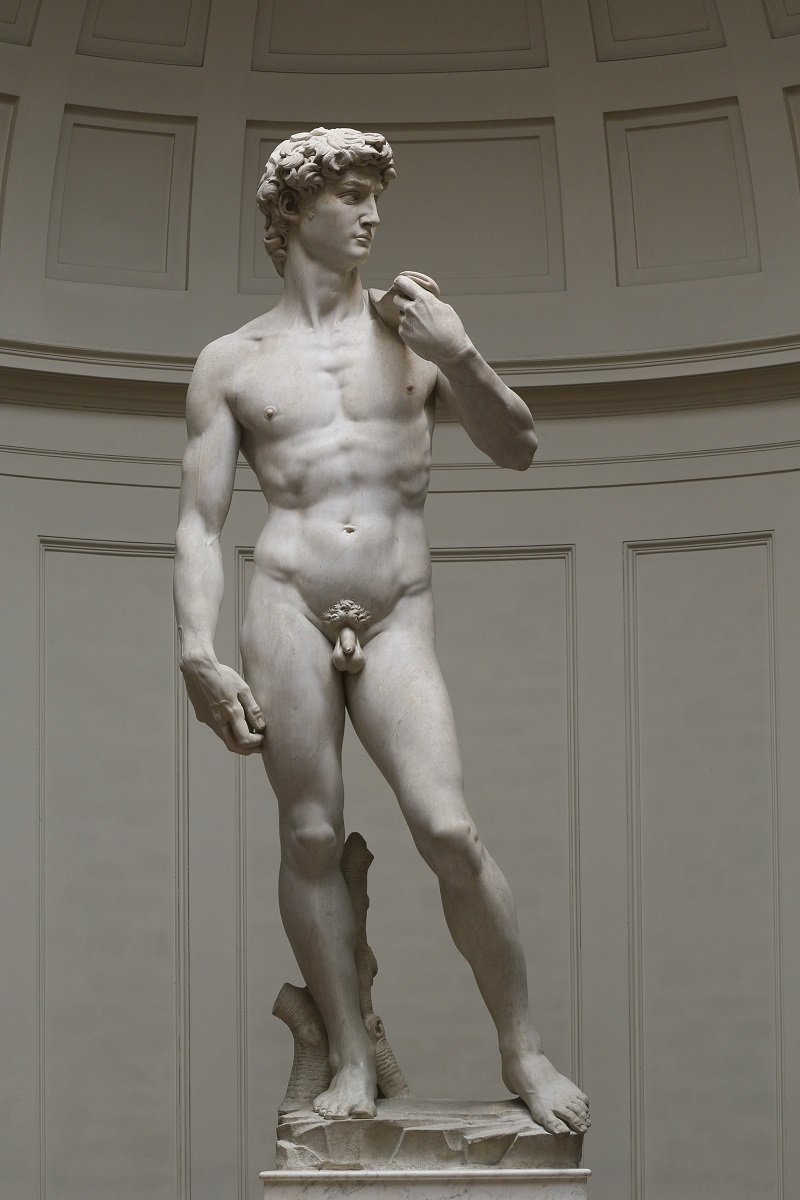Italy is the one country in the world most famous for its historic masterpieces of art in the shape of sculptures. Some of the greatest sculptors of our world were born and flourished in Italy. And they left behind what you’ll see below.
Pietà
Artist: Michelangelo Buonarroti
Medium: Marble
Location: St. Peter’s Basilica, Vatican City
Created: 1498-1499
For centuries, the world has marveled at Michelangelo’s revolutionary creations. This multi-faceted Italian artist was a true Renaissance man, giving rise to an impressive collection of world-famous works that include the ceiling of the Sistine Chapel, an iconic interpretation of David, and the Pieta or La Pietà, a monumental marble sculpture of the Virgin. Mary holding the body of Christ. Created in the late 15th century, the Pieta remains one of the most famous sculptures in the world. Here we take a look at this piece to understand how its iconography, history and artistic characteristics have defined its legacy.
Hercules and Cacus
Artist: Baccio Bandinelli
Medium: Marble – Bronze
Location: Piazza della Signoria, Florence
Created: 1525-1534
The rivalry between artists is one of the darkest facets that we can find in the art world, something as human and natural as the envy of people is, on some occasions, reflected in works of art. This is the case of the work that concerns us here, Hercules y Caco, a sculptural group that was made by the artist Baccio Bandinelli, a direct competitor and great rival of the artist Miguel Ángel Buonarroti.
Laocoön and His Sons
Artist: Athenodoros and Polydorus
Medium: Marble
Location: Vatican Museums, Vatican City
Created: 40-30 B.C.
The sculpture representing the death of Laocoön and his sons, well known by all those who are dedicated to the history of Greek art, was discovered on January 14, 1506 in the ruins of the buildings of Mons Oppius (Mount of Opium) in Rome, an appendage of the Esquiline Hill. The Laocoön measures 2.42 m. high and is exhibited in a prominent place in the Vatican Museums, along with hundreds of masterpieces of art of statues that were collected by the Supreme Pontiffs from the century XV onwards.
Perseus Triumphant
Artist: Antonio Canova
Medium: Marble
Location: Vatican Museums, Rome
Created: 1800-1801
The Perseus with the head of Medusa or Triumphant Perseus as it is also known, was made between 1800 and early 1801 as a commission from Onorato Duveyriez. It is a sculpture larger than life-size and with a round shape made of marble. Its owner gave the piece to the Cisalpine Republic as a tribute and years later the work was bought by Pope Pius VII to place it on the same pedestal that the Apollo Belvedere had occupied, which was requisitioned by the French troops; for this reason Canova’s Perseus was also known by the nickname of El Consolador.
Apollo Belvedere
Artist: modeled after Leochares
Medium: Marble
Location: Vatican Museums, Vatican City
Created: 120-140 A.D.
Its name is due to the Patio del Belvedere located in the Vatican, where the work remained in repose for a long time. Marble sculpture from Classical Greece that represents the god Apollo, and which is in the Pio-Clementino Museum (Vatican). A statue that concentrates the singularities of Hellenistic art and presents a slim and subtle body with an elegant pose. The position, play of light and shadow in the hair and brilliant treatment of the cloths. Lacking his left hand, it is thought that he held a bow with which he tried to kill the Python snake that blocked access to the sanctuary of Delphi.
Ecstasy of Saint Teresa
Artist: Gian Lorenzo Bernini
Medium: Marble
Location: Santa Maria della Vittoria, Rome
Created: 1647-1652
The Ecstasy of Santa Teresa also known as the Transverberation of Santa Teresa is a recognized group of marble sculptures by the sculptor. It is located in the Church of Santa María de la Victoria (Santa Maria della Vittoria), in the famous Cornaro Chapel, a spectacular and theatrical space, a total work of art, a synthesis of Bernini. The Ecstasy portrays the image of Saint Teresa of Avila during the mystical gift of transverberation that she describes in her “Book of Life”.
Dying Gaul
Artist: Unknown
Medium: Marble
Location: Capitoline Museums, Rome
Created: 230-220 B.C.
The Dying Gaul appears lying on the ground, with one leg stretched out, and his body supported by one arm. The composition is open and full of diagonals that run from the stretched leg to the neck, giving the figure a movement, as well as multiple points of view. The carving is elegant and refined, and shows a perfect anatomical study. There is an attempt at individualization, with the use of the sword, the long and variegated hair, the mustache and the torc that he wears on his neck that identify him as a Galatian warrior. Finally, there is a search for dramatic elements, the same position of the body, the bowed head and the serene face convey a feeling of resignation and defeat in the face of death, as well as other elements, such as the wound in the side from which blood flows.
Moses
Artist: Michelangelo Buonarroti
Medium: Marble
Location: Basilica di San Pietro in Vincoli, Rome
Created: 1513-1515
The Moses is a seated sculpture with a round shape, the work of Michelangelo Buonarroti (1475-1564). It was sculpted in Carrara marble between 1513 and 1542. It is a religious, biblical work, inspired by the Old Testament, specifically in the book of Exodus. Its style is Renaissance, specifically from the Cinquecento (16th century). It measures 235 centimeters and is in the Church of San Pietro in Vincoli in Rome, forming part of the grave of Julius II.
David
Artist: Michelangelo Buonarroti
Medium: Marble
Location: Galleria dell’Accademia, Florence
Created: 1501-1504
Michelangelo’s David is a famous sculpture from the Italian Renaissance and known throughout the world, as it undoubtedly possesses a unique beauty and technique. The history of Michelangelo’s David teaches us that the sculpture was made by the great sculptor, painter, and even architect, between the years 1501 and 1504. At the time when he began to work on it, the master had so much only 26 years old. It all started, when those responsible for the Opera del Duomo, proposed to build twelve large sculptures of characters from the Old Testament to place them on the external buttresses of the Cathedral of Santa María de Fiore. And that was when, one of them, that of El David, could not be finished, since many artists tried to sculpt the huge block without success. A colossal block, brought years before from Carrara to Florence, by the Mediterranean Sea. Thus, the authorities of the Opera del Duomo began to look for an artist to finish the work. And in the end the work was commissioned to a very insistent Michelangelo in 1501, who would take almost three years to finish it.

